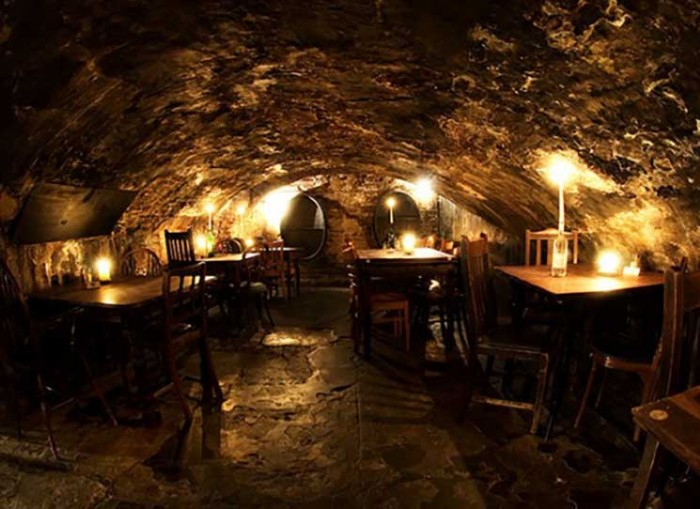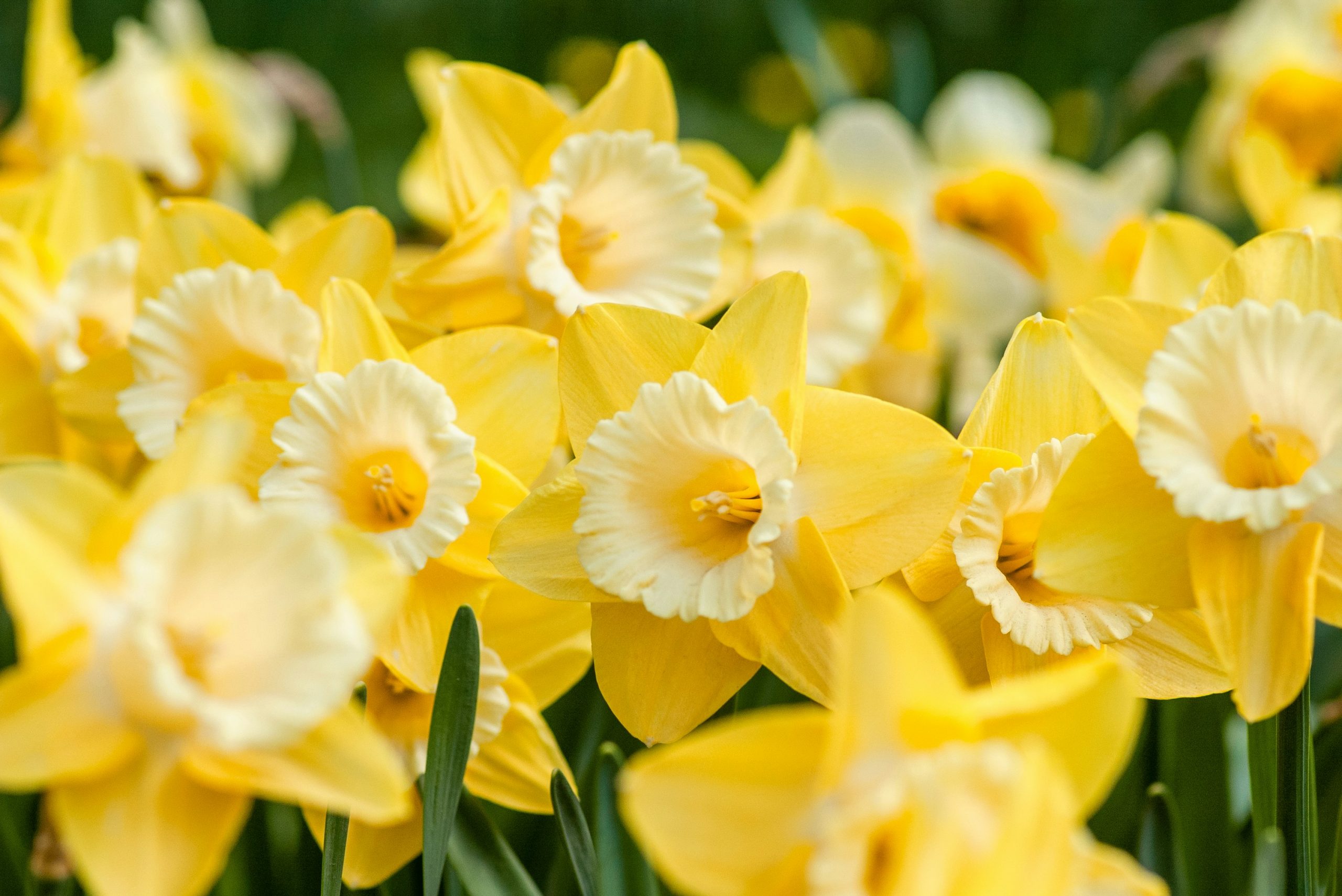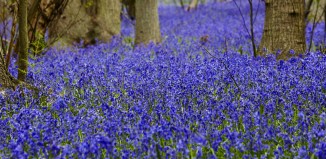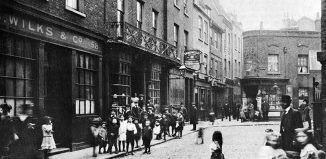Top five oldest pubs in London
London is brimming with taverns but here are five of the capital’s most historic watering holes. Steel your livers and prepare to try (and fail) to drink historic notables under the table…
1. The French House, Soho
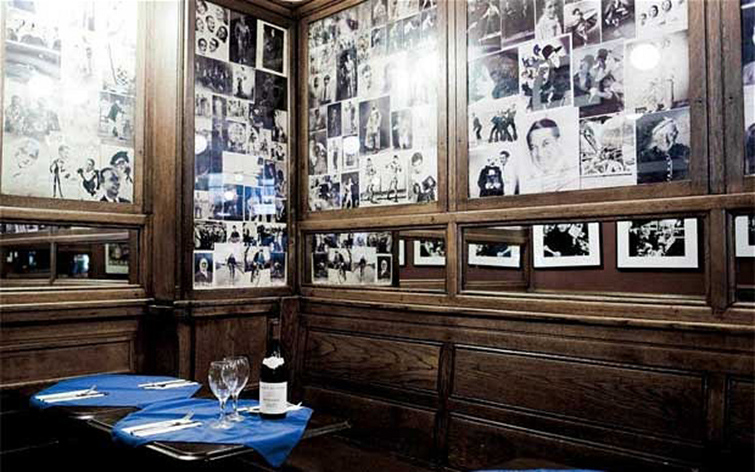
Despite its moniker referencing our Gallic cousins across the water, the French House is a Soho institution. First owned by a German proprietor (who was deported once the First World War broke out), it later became a meeting house for the French Resistance during World War II – and General de Gaulle no less propped up its bar during that time. These days it stays true to its old-world charms by banning mobile phones. Hear, hear.
2. The Seven Stars, Lincoln’s Inn
Handily situated for the Royal Courts of Justice, this relic of times gone by was originally known as “The Leg & Seven Stars”. A few years and many pints of ale down the line, the pub was rendered legless, but nonetheless is notable for having survived the Great Fire of London. Built in 1602, it is thought that it was so-named to attract Dutch sailors, its seven stars referencing the Seven United Provinces of the Netherlands. There is no website, as befits its historic status, but the nearest tube is Holborn.
3. The Old Bell Tavern, Fleet Street
Fleet Street has long been known for its profusion of taverns, as well as being where the country’s newspapers once conglomerated (indeed, the presence of thirsty journalists was not, perhaps, unrelated to the surfeit of pubs). One particularly distinguished drinking hole is the Old Bell, by dint of it having been designed by the great Sir Christopher Wren. The stained glass windows and stone floor lend an authentically old-world feel to the place, while a framed copy of a Daily Mail hangs on the wall, rejoicing that “St Paul’s stands unharmed in the midst of the burning city”, published after a night raid during the Blitz.
4. Gordon’s Wine Bar, Embankment
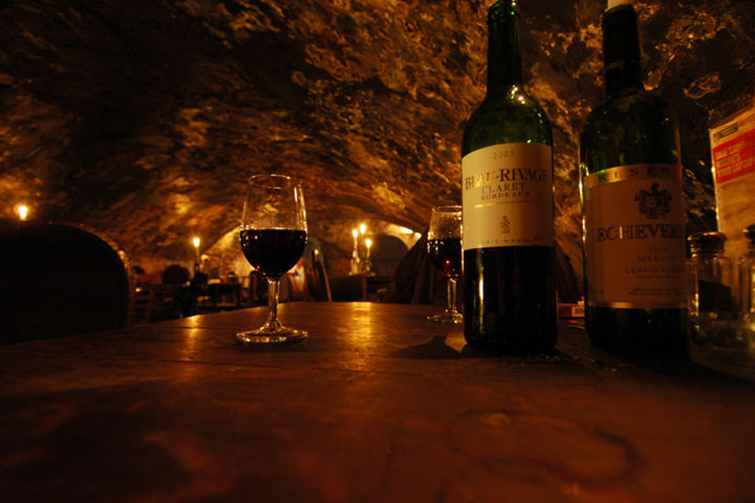
Something of a cheat, this, since strictly it is not a pub. However, no list of historic drinking dens can legitimately exclude Gordon’s, which is a London institution. As atmospheric as they come, it was established in the 1890s and is housed in the vaults of the Georgian houses that once stood here (Samuel Pepys was a former resident). Rudyard Kipling wrote The Light That Failed here, and Chesterton too found it a source of literary inspiration. Tables are rickety, wine, sherry and port are compulsory and excellent plates of cheese accompany perfectly. It is ever popular, so do ensure to arrive early to grab a pew.
5. The Black Friar, Blackfriars
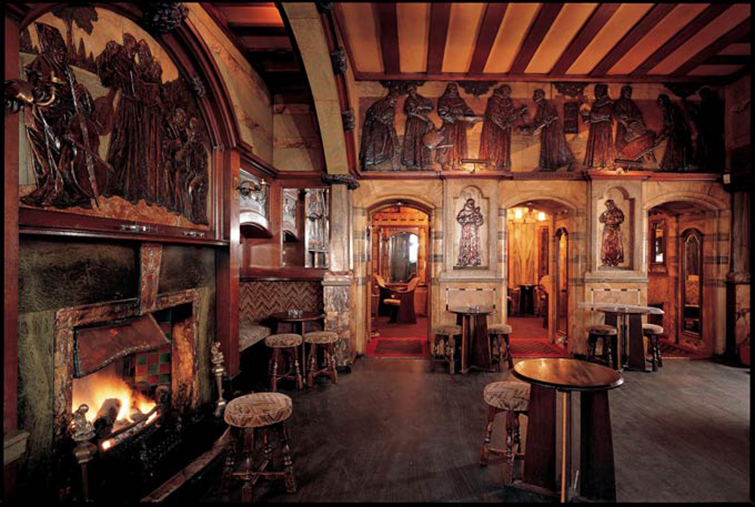
Look once and this wedge-shaped atmospheric tavern appears as a relic from the Middle Ages. Look twice, and a closer inspection reveals that it, in fact, dates from 1875, and was later remodelled in 1905. Which makes it no less historic: first, it is built on the site of a 13th century Dominican friary where King Henry VIII had his divorce hearing, prior to his dissolution of the monasteries. Second, it was designed by architect Herbert Fuller-Clark and artist Henry Poole, both at the forefront of the Arts and Crafts movement. And lastly, it was saved from demolition by poet laureate, Sir John Betjeman.

